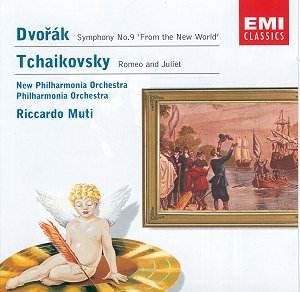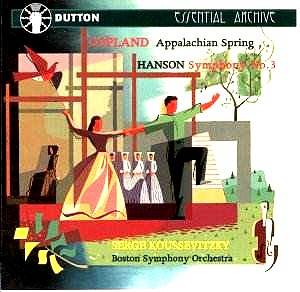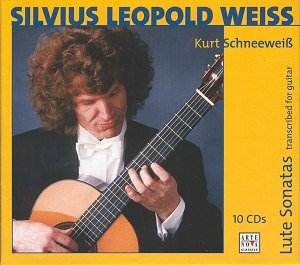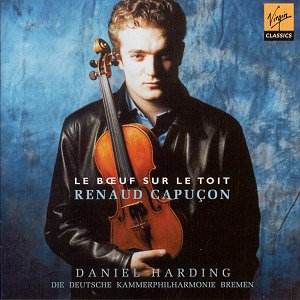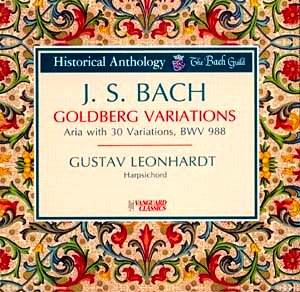 Composer: Johann Sebastian Bach
Composer: Johann Sebastian Bach
Works: Goldberg Variations, BWV 988
Performers: Gustav Leonhardt, harpsichord
Recording: June 1953, Konzerthaus, Vienna
Label: Vanguard OVC 2004
The Goldberg Variations, BWV 988, compose a cornerstone of the Baroque repertoire, exemplifying Johann Sebastian Bach’s mastery of variation form and counterpoint. Written for the harpsichord, this work transcends mere technical display, revealing profound emotional depth and structural sophistication. The variations were originally conceived as a means of showcasing both the performer’s virtuosity and the instrument’s expressive capabilities. Gustav Leonhardt’s 1953 recording offers a glimpse into the early efforts of the “authentic” performance movement, marking a pivotal moment in the interpretation of Bach’s music during the mid-20th century.
Leonhardt’s interpretation is notable for its deliberate pacing, particularly in the opening aria and the first variation, which unfold at a tempo that may seem uncharacteristically languorous for Bach. This slower approach amplifies the reflective quality of the music, though it risks a certain disconnect from the energetic drive often associated with Bach’s style. The interpretative choices here appear to stem from an earnest desire to explore the emotional landscape of the work, yet they can lead to a lack of coherence in the overall flow. The fifth and eighth variations, however, illustrate Leonhardt’s capacity to evoke exuberance and vitality, showcasing his deft touch as the tempo accelerates, providing a stark contrast to the introspective moments.
Technically, Leonhardt’s harpsichord playing is marked by clarity and precision, yet this recording suffers from poor sound quality, a common pitfall of the era’s recording technology. The instrument’s timbre comes across as overly bright and lacking in the warmth and resonance that one might expect from a well-crafted harpsichord. While this could be attributed to both the limitations of the equipment and the specific instrument used, it detracts from the listening experience, particularly in the slower variations where a richer sound would enhance the emotional weight of the music. Variations such as the 25th, known for its contemplative nature, require a depth of tone that is regrettably absent here, overshadowing Leonhardt’s interpretive insights.
Comparatively, Leonhardt’s subsequent recordings of the Goldberg Variations on Deutsche Harmonia Mundi demonstrate a developed interpretative vision, one that integrates a more cohesive narrative throughout the entire work. This 1953 recording, while historically significant as one of the first harpsichord renditions in the modern era, lacks the refinement and sonic depth that later performances would achieve. For collectors and scholars, it offers an intriguing look at the early days of historically informed performance practices, yet casual listeners may find it less satisfying due to its technical shortcomings.
While this recording stands as a testament to Gustav Leonhardt’s pioneering role in bringing Bach’s music into the 20th century, the limitations of the harpsichord’s sound and the uneven interpretative choices ultimately impede a fully engaging experience. It serves primarily as a historical artifact, valuable for its early contribution to the performance of Bach but overshadowed by the more polished and cohesive interpretations that followed in Leonhardt’s illustrious career.
